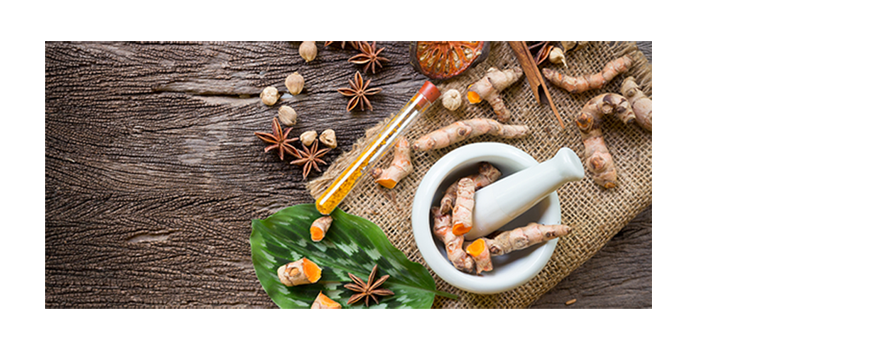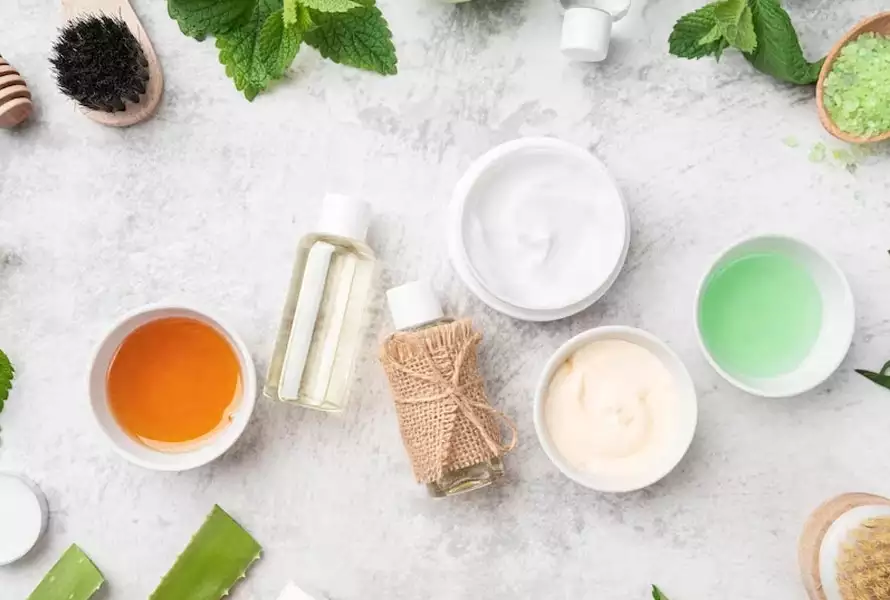Panchakarma Treatment: A Comprehensive Guide to Detoxification and Rejuvenation
In an era where lifestyle diseases are on the rise, and the quest for holistic health solutions is gaining momentum, Ayurveda offers Panchakarma—a time-honored detoxification and rejuvenation therapy. Rooted in ancient Indian medical practice, Panchakarma not only cleanses the body of accumulated toxins but also restores balance and promotes overall well-being, says Ayurvedic consultant at Birla Ayurveda.
The Essence of Panchakarma
Panchakarma, derived from the Sanskrit words “Pancha” (five) and “Karma” (actions), encompasses five key therapeutic procedures designed to purify the body and revitalize the mind. These procedures are tailored to individual needs and aim to correct imbalances in the three Doshas: Vata, Pitta, and Kapha.
The Five Core Procedures of Panchakarma
- Vamana (Therapeutic Emesis): Vamana is the process of induced vomiting to expel excess Kapha from the body. This treatment is particularly effective for conditions such as asthma, chronic allergies, and obesity. The therapy begins with internal and external oleation (Snehana) and steam therapy (Swedana) to loosen toxins. Following this preparation, herbal decoctions are administered to induce vomiting, thus eliminating toxins from the upper gastrointestinal tract.
- Virechana (Purgation Therapy): Virechana involves the use of herbal laxatives to cleanse the intestines and liver, targeting excess Pitta. It is beneficial for skin disorders, jaundice, and digestive issues. After similar preparatory steps as Vamana, the patient consumes purgative substances that lead to the expulsion of toxins through bowel movements. This helps in purifying the blood and improving liver function.
- Basti (Medicated Enema): Basti is considered the most crucial Panchakarma therapy, especially for balancing Vata dosha. It involves the administration of medicated oils or herbal decoctions through the rectum. Basti helps in alleviating conditions like arthritis, neurological disorders, and chronic constipation. This therapy nourishes and strengthens the colon, which is vital for maintaining overall health.
- Nasya (Nasal Administration): Nasya involves the administration of medicated oils or powders through the nostrils. This therapy is beneficial for ailments related to the head and neck, such as sinusitis, migraines, and cervical spondylosis. Nasya clears the nasal passages, enhances sensory functions, and improves mental clarity. It also helps in treating respiratory issues and promoting hair health.
- Raktamokshana (Bloodletting): Raktamokshana is a therapeutic bloodletting process used to eliminate toxins from the bloodstream. This treatment is particularly useful for conditions like acne, eczema, and hypertension. By removing a small amount of blood, the therapy helps to reduce inflammation and improve circulation, leading to clearer skin and overall detoxification.
The Panchakarma Process
The Panchakarma treatment is typically conducted in three main stages:
- Purva Karma (Preparatory Stage): This initial phase prepares the body for the main detoxification treatments. It includes:
- Snehana (Oleation): Both internal and external application of medicated oils to loosen toxins.
- Swedana (Fomentation): Inducing sweat through steam baths or other heat treatments to further loosen toxins and make them easier to eliminate.
- Pradhana Karma (Main Treatment Stage): This is the core phase where the five primary Panchakarma therapies (Vamana, Virechana, Basti, Nasya, and Raktamokshana) are administered based on the individual’s specific health needs and doshic imbalances. Each therapy is conducted under strict supervision by an experienced Ayurvedic practitioner.
- Paschat Karma (Post-Treatment Stage): After the main treatments, the body needs to gradually return to its normal state. This phase includes:
- Dietary Guidelines: A light, easily digestible diet is recommended to reestablish the digestive fire (Agni).
- Lifestyle Recommendations: Stress management techniques, yoga, and meditation to maintain the balance achieved through Panchakarma.
- Herbal Supplements: Prescribed to support ongoing detoxification and rejuvenation.
Benefits of Panchakarma
The advantages of Panchakarma extend beyond mere detoxification, offering a holistic enhancement of health and well-being:
- Deep Detoxification: Thoroughly removes accumulated toxins (Ama) from the body.
- Improved Digestion: Enhances digestive functions and metabolism.
- Balanced Doshas: Restores the natural balance of Vata, Pitta, and Kapha.
- Enhanced Immunity: Boosts the immune system, making the body more resilient to diseases.
- Mental Clarity: Reduces stress, anxiety, and mental fatigue, leading to improved mental clarity and emotional stability.
- Rejuvenation: Revitalizes tissues, enhances vitality, and promotes a youthful appearance.
Preparing for Panchakarma
Before undergoing Panchakarma, it is essential to consult with a qualified Ayurvedic practitioner who will conduct a thorough evaluation to determine the appropriate therapies based on the individual constitution (Prakriti), current imbalances (Vikriti), and overall health status. Preparation might include dietary adjustments, lifestyle modifications, and preliminary treatments to optimize the effectiveness of the therapies.
Panchakarma is a profound Ayurvedic therapy at Birla Ayurveda that offers a holistic approach to detoxification and rejuvenation. By addressing the root causes of health issues and restoring balance, Panchakarma not only alleviates symptoms but also promotes long-term health and vitality. Whether seeking relief from chronic conditions or simply wishing to enhance overall well-being, Panchakarma provides a time-tested pathway to holistic health. Embracing this ancient practice can lead to a healthier, more balanced life, free from the toxins and stresses of modern living 4o.



